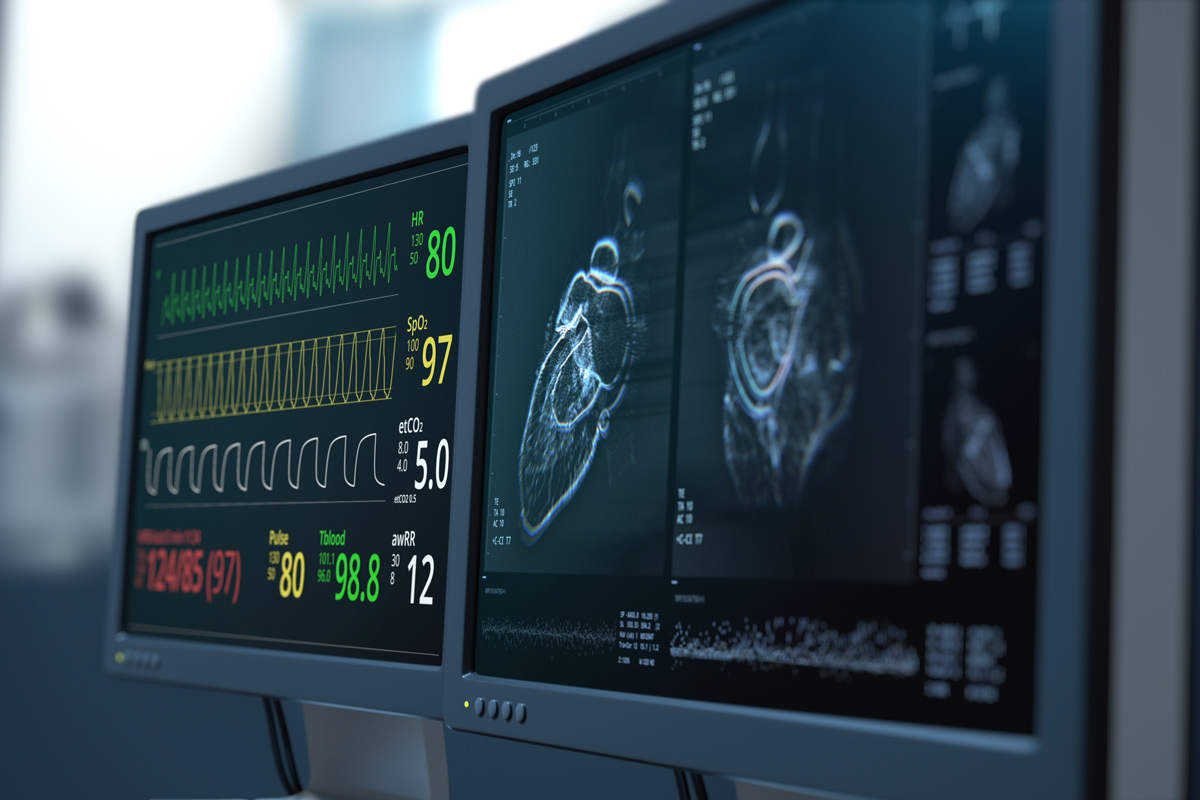
Aortic Aneurysms: What are They & How to Monitor for This Condition
Aortic aneurysms can be hard to detect. While rare, this condition is appearing more often due to the increase in preventive screenings performed by primary care physicians (PCP).
"Your PCP may order a CT scan to look for common problems like lung cancer or heart disease, but sometimes those pictures lead to what we call incidental findings, or the accidental discovery of something we weren't even looking for. And aortic aneurysms are a very common incidental finding in these screening studies," explains Dr. Andrew Baldwin, a cardiothoracic surgeon with Hawaii Pacific Health Medical Group and the medical director of cardiac surgery at Straub Benioff Medical Center.
According to Baldwin, an aneurysm is another word for an enlarged blood vessel. These can occur anywhere in the body, from the brain to the abdomen.
"I think about an aneurysm like a water balloon – the bigger the water balloon gets, the weaker the walls of the balloon become, and the more likely that it is to pop. Aneurysms affect our arteries in the same way. The larger the aneurysm becomes, the more likely there is to be a tear or even a bursting of the artery," Baldwin explains.
Aneurysms that develop in the portion of the aorta that's near the heart are called thoracic aortic aneurysms.
"They can happen for lots of reasons, the most common of which are genetics, smoking or high blood pressure," Baldwin says. "They rarely have symptoms, and we only find them if we look for them."
Though this can be scary, Baldwin stresses that finding the aneurysms means there is an opportunity to monitor them to avoid problems in the future.
"This involves regular monitoring with your PCP, usually with a yearly CT scan," he says. "The vast majority of patients who have this condition will never need surgery."
When it comes to managing aneurysms, Baldwin says to concentrate on relieving pressure.
"If you think of the water balloon again, we want to avoid high pressure either inside or outside that balloon to avoid it popping," he says. "Blood pressure is the most important thing to think about when it comes to aneurysms. Working with your PCP to make sure that you monitor and control your blood pressure in the long run is the most important way to prevent these aneurysms from continuing to stretch.
"I tell patients all the time that aneurysms are not something that should make us afraid to live our normal lives," Baldwin adds. "Finding these things can help us avoid big emergencies and give us control to plan for our health care and hopefully give us some peace of mind."
This segment originally aired Feb. 15, 2024, as part of the Hawaii News Now "Sunrise" Healthier Hawaii series. Watch the full broadcast here or below.
Published on: February 16, 2024




